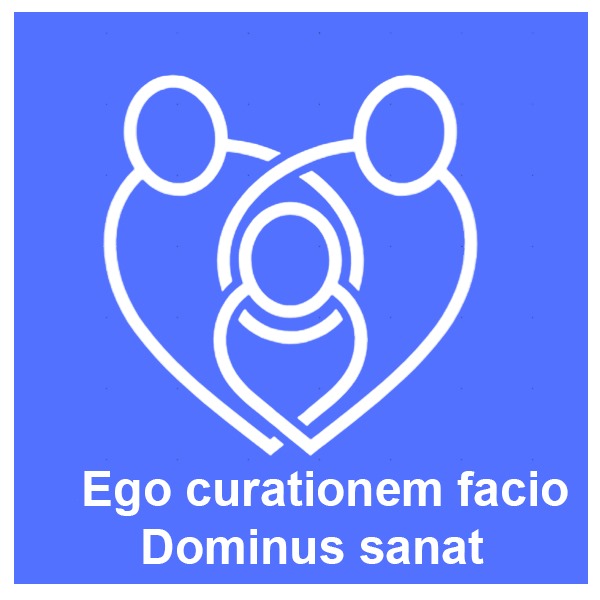PEDIATRIC ASTHMA
CHILDHOOD RESPIRATORY ALLERGIES – PARENT EDUCATION
CHILDHOOD ASTHMA
What is asthma?
- Asthma is an allergic condition in which the walls of the air tubes within the lungs get temporarily constricted and may produce excess mucus resulting in their narrowing, thereby causing cough breathlessness and a raspy, wheezing sound when breathing.
- This reaction may occur randomly in response to certain elements in the environment or food, or during exercise or due to a viral infection.
Why does this allergic reaction occur?
- Asthma is a part of “atopy”, the phenomenon of allergy, which includes allergic skin conditions like eczema (atopic dermatitis) and urticaria (hives), allergic rhinitis (hay fever) and allergic bronchitis (asthma).
- This reaction occurs because of the “atopy genes” present in certain individuals
- Genes are like switches – they are sometimes “on” and sometimes “off” – hence symptoms are not always present – a person may experience symptom-free periods even for several years or decades. It is not clearly known what phenomenon triggers the genes to become active.
Is asthma hereditary? Is it necessary for at least one family to be asthmatic to confirm the diagnosis of asthma in a child?
No, it is not necessary that symptoms of asthma have to be present in some family member to make the diagnosis of asthma in a particular child. This is because the symptoms may skip a generation or other family members may be having the genes but they may be silent.
So how can parents know whether their child could be suffering from asthma?
- The current GINA guidelines (Global Initiative on Asthma) suggest that any child who has repeated coughing spells, aggravated by exercise, laughing or crying, even in the absence of an ongoing respiratory infection, any child who has coughing episodes in the night or after exercise or seasonal symptoms should be checked for asthma.
- There may also be a family history of childhood or adulthood asthma but this is not necessary to make the diagnosis.
- Symptoms may be worse at night or early morning.
- Symptoms may be triggered by viral infections, exercise, allergen exposure, seasonal changes, exercise, laughing or shouting, crying, irritants such as exhaust fumes, smoke, dust, strong smells etc.
Are there various grades of severity of childhood asthma?
Yes, doctors grade childhood asthma as intermittent and persistent and the latter into mild, moderate and severe, based on day time symptoms, night time symptoms, frequency of worsening and then some checks on what is called a peak flow meter before and after an inhaler to complete the grading.
But is there is risk of it becoming from mild to severe?
No, provided the treatment is regular and done the right way
Is asthma infectious? Can siblings catch it if one of them has it?
No, it is not infectious. It cannot be transmitted through air or close contact. However children in the same family may have similar genes as the affected child does and may also, therefore develop asthma.
What are triggers and how do they affect children who have asthma?
Triggers include:
- Environmental triggers such as dust, pollen of flowers or grass, animal hair, bird feathers, chemicals in day to day use such as air fresheners, paint primer etc
- Food triggers such as peanuts, eggs, shellfish, chana dal (Bengal gram) etc,
- Exercise may sometimes cause an attack
- Viral infections of the upper respiratory tract
What are other factors which can lead to attacks of asthma?
There are certain health conditions which can trigger attacks of asthma. These are called co-morbidities. These include:
- Adenoidal enlargement
- Recurrent tonsillitis or throat infections
- Some forms of congenital heart disease especially those that cause congestive heart failure
But in a child, how does one control triggers?
- Food triggers are easier to control then environmental triggers. These may be identified by parental observation and / or food allergy tests.
- Environmental triggers are more difficult to control. Certain exposure can be of course be avoided such s exposure to furry or feathered pets, smoke, air fresheners, strong perfumes, paint primer, dust from house renovation, moulds on leaky walls and ceilings, flowering plants at home, household pests, strong insecticidal sprays etc.
- Dust control at home is important since a child spends, on an average 12-14 hours per day in the home environment.
- If exercise is a trigger this can be controlled using an inhaler before exercise and doing slow warm ups and then cool down relaxation exercises.
How long does childhood asthma last? Is it life long?
Most childhood asthmatics improve well after about one and half to two yrs of continuous inhaler treatment after which it can be tapered and stopped provided the child has been complaint-free during that treatment period.
INSTRUCTIONS FOR USING INHALERS WITH SPACER
- Mark the date of opening of pack using a waterproof marker.
- Shake the inhaler before attaching to spacer.
- Attach inhaler to spacer and hold mask of the spacer over mouth and nose– tightly seal mask mouth and nose and breathe normally through the breathing valve.
- Press inhaler once.
- Breathe through mask normally, that is without taking deep breaths, for 60 seconds.
- If advised give second puff / change inhaler and repeat the actions in 5. and 6.
- With each puff wait for 60 seconds of normal breathing through space before giving next puff.
- Do not wash spacer with soap – dry clean with tissues.


Childhood Asthma – Nebulizers and Inhaler Devices
What is a nebulizer? What is nebulisation treatment? How does it act and how does it help my child if he / she is breathless?
When the Wheezing Child Does Not Improve…
My child is taking inhalers daily as per the doctor’s advice since few months now but still has attacks which need the reliever inhaler and nebulisation. Why is this happening despite the daily inhaler treatment?
